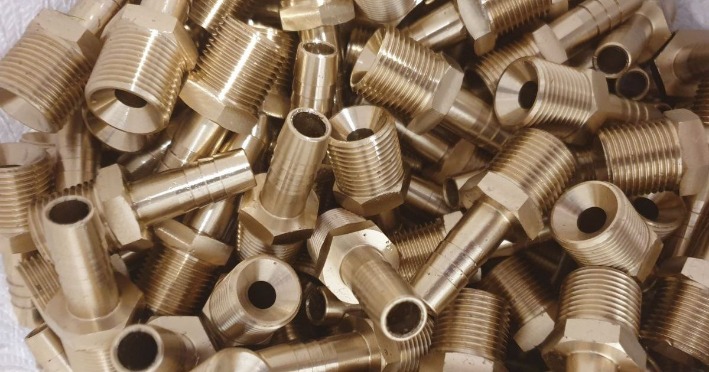In the realm of on-site machining, the techniques and tools used have undergone vast improvements. Modern engineering demands precision and efficiency, particularly when dealing with machinery repairs and adjustments. One crucial area where precision is paramount is in the realm of line boring and its associated processes.
Understanding Line Boring
Line boring is a specialized form of machining where the bore of a machine is precisely rebored to ensure alignment and proper fit of components. It’s often required when machinery parts such as engines, turbines, or hydraulic cylinders experience wear and tear.
The Process of Bore Repair
Wear and misalignment in bores can lead to significant issues if not addressed. Bore repair involves re-machining the bore to restore its original dimensions and alignment. This not only extends the life of the machinery but also enhances its performance. Techniques such as boring, bore welding, and bush install are commonly employed in this process.
The Role of Bore Welding
Bore welding is a crucial technique used during the bore repair process. It involves adding material to the worn-out bore to restore its original dimensions. This welded bore is then machined to achieve the required precision. This method ensures that machinery operates smoothly without the risk of unexpected breakdowns.
Slew Milling for Precision
For larger machinery, techniques like slew milling are employed. Slew milling is essential for machining large surface areas and ensuring their flatness and alignment. This method is particularly useful in industries dealing with heavy equipment such as construction and mining.
XY Milling for Complex Machining
Another advanced technique is xy milling. This type of milling allows for precision machining in two dimensions simultaneously. It’s particularly useful for creating intricate parts and components that require a high degree of accuracy.
Completing the Process with Bush Install and Face Welding
After the bore has been machined and welded, a bush install is often required. Installing a bush ensures that the re-machined bore maintains its alignment and wear resistance. Additionally, face welding might be necessary to address wear on the face of mating components. This not only extends the life of the parts but also reduces the need for frequent maintenance.
Read more about bush install here.
The advancements in on-site machining techniques like line boring, bore welding, slew milling, and xy milling are revolutionizing modern engineering. These methods ensure that complex machinery can be repaired and maintained with precision without the need for dismantling and transporting large components, saving time and reducing costs. The evolution of these techniques continues to push the boundaries of what can be achieved in the field of maintenance and repair.



